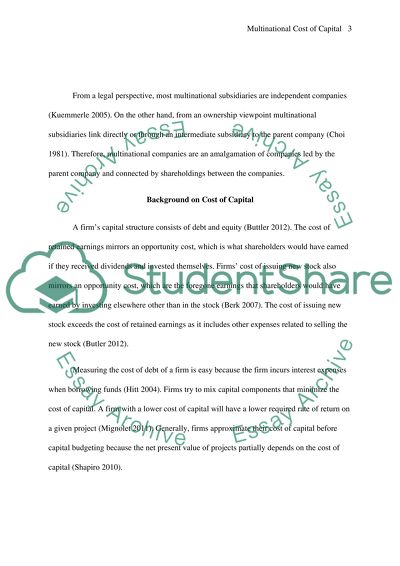Cite this document
(“Literature review on multinational cost of capital”, n.d.)
Literature review on multinational cost of capital. Retrieved from https://studentshare.org/finance-accounting/1672772-literature-review-on-multinational-cost-of-capital
Literature review on multinational cost of capital. Retrieved from https://studentshare.org/finance-accounting/1672772-literature-review-on-multinational-cost-of-capital
(Literature Review on Multinational Cost of Capital)
Literature Review on Multinational Cost of Capital. https://studentshare.org/finance-accounting/1672772-literature-review-on-multinational-cost-of-capital.
Literature Review on Multinational Cost of Capital. https://studentshare.org/finance-accounting/1672772-literature-review-on-multinational-cost-of-capital.
“Literature Review on Multinational Cost of Capital”, n.d. https://studentshare.org/finance-accounting/1672772-literature-review-on-multinational-cost-of-capital.


